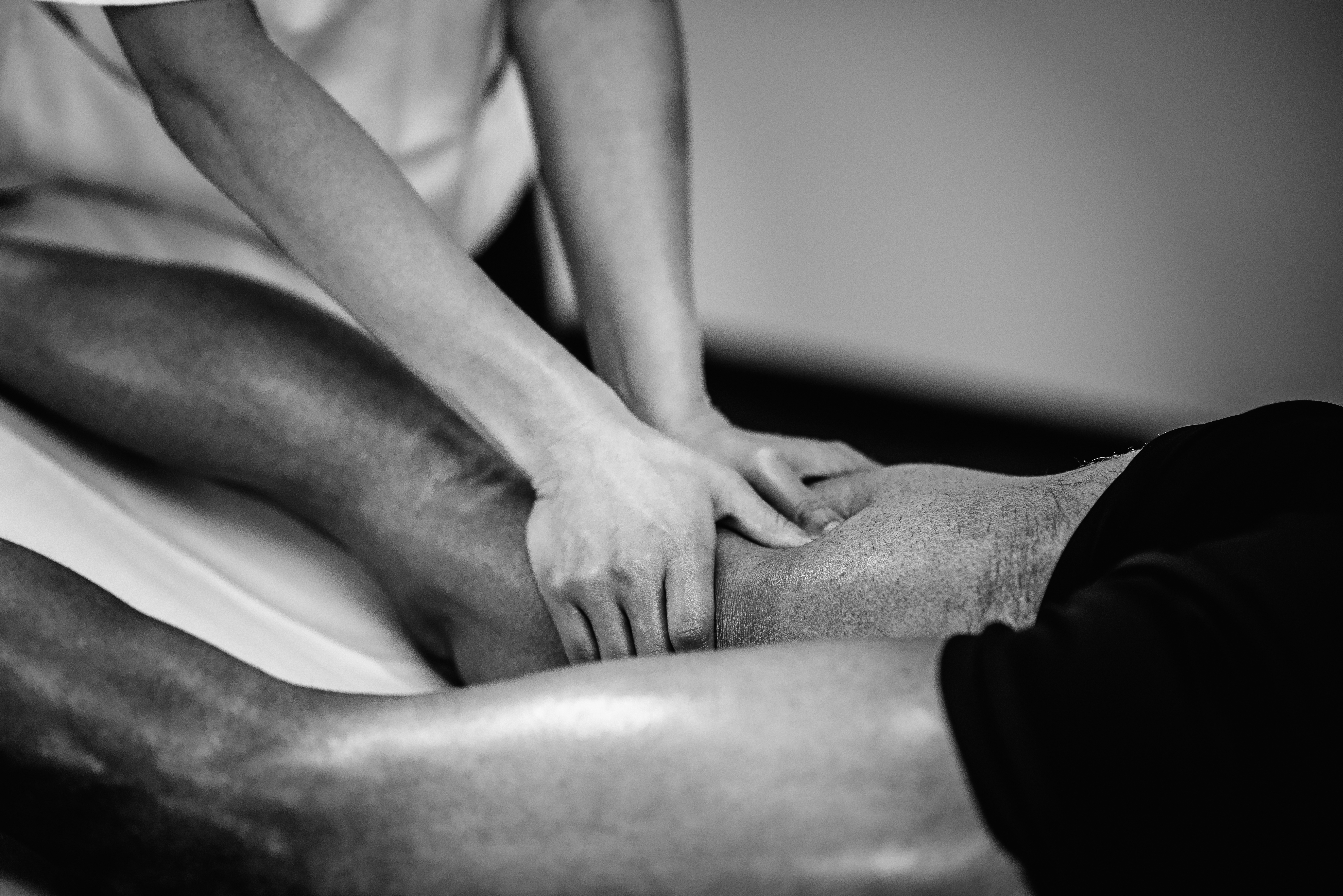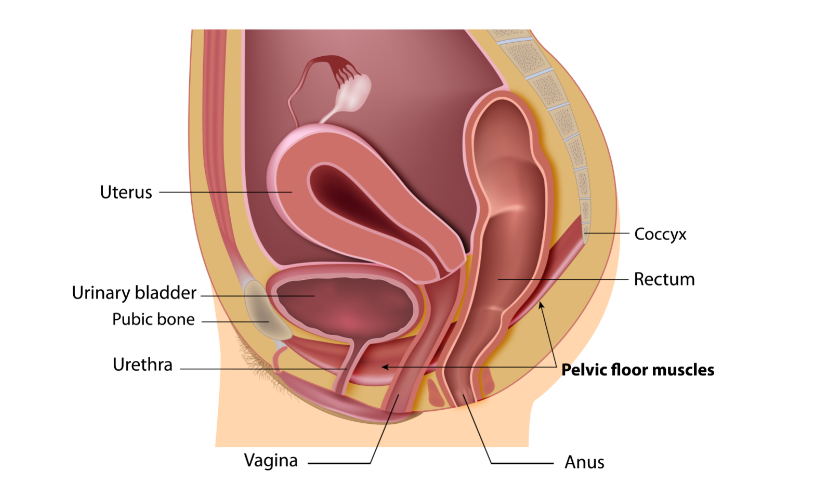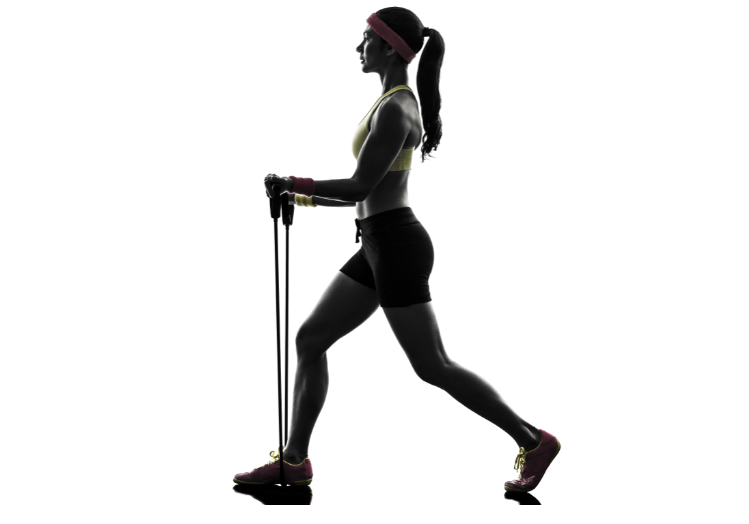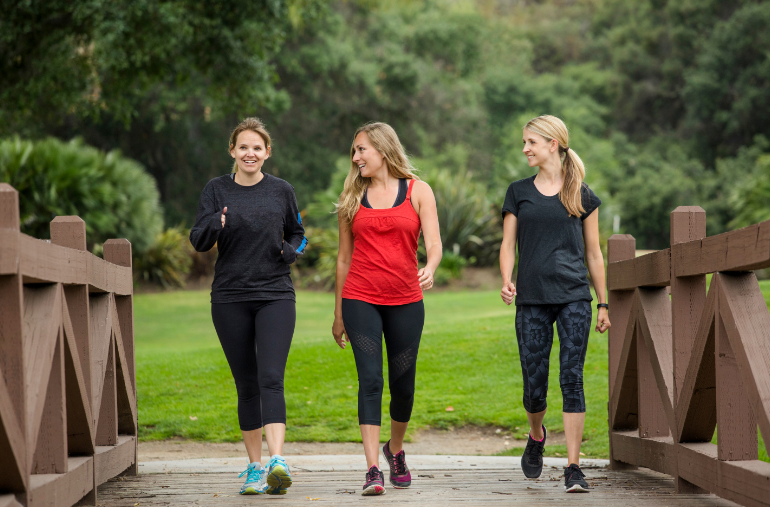How to return to running safely post partum
By Mike James | 12th March 2019 | Advice
Here at SportsInjuryFix.com we are constantly asked for advice by new mums about the safest and most effective ways to return to running. SportsInjuryFix member Jo Perkins of Mumma Physio has been a chartered physiotherapist for 14 years and has extensive experience in rehabilitation. After working in professional sport for over a decade, she developed a special interest in post natal rehabilitation following her own journey after having two children. Being a keen runner herself, Jo wanted to support other women in returning to full function and sport. She took the time to share her top tips on returning to running post partum.

Returning to running can be such a significant milestone after having a baby. We may all have slightly different motives for running whether it be trying to shed any pregnancy pounds, gain headspace and time just for yourself or quite simply, running is your identity! It is these reasons that frequently cause women to return to running too quickly, resulting in feelings of “things not being quite right”, “heaviness” incontinence and pain. It continues to be a worrying misconception that these symptoms (although common) are normal or even something women should just have to accept post natally.
I come from a background of physio in professional sport, where after a tear of a hamstring (however mild) we would immediately start rehabilitation after an appropriate recovery time. We would begin with isometric (static) contractions, progress the strength through increased ranges of movement before challenging it in more functional positions and then gradually increase running volume and speed. It is a clinically reasoned individualised process.

Yet women give birth whether vaginally or abdominally, sustain soft tissue injuries of varying degrees on top of nine months of increasing pelvic floor load and are generally all given pelvic floor exercises lying on our backs or sitting (at best on a leaflet which may sit under all the other newborn info we have) and are expected to return to full function.
Would we let the hamstring tear return to running after JUST static contractions on the floor after 6 weeks? Of course not. Yet how many women run after doing a few pelvic floor exercises (combined with feeding, sleep deprivation, ongoing hormonal fluctuations) and end up with prolonged/incomplete recoveries or even new injuries.
I was one such naive woman after my first child. I had run until around 20 weeks and had an uneventful pregnancy so of course I would “bounce back” as they say. I had performed my pelvic floor exercises and was raring to go but it was only when I returned to more dynamic exercises that I realised I wasn’t strong enough, had pushed too quickly and had a return of symptoms. I had missed the important functional strengthening that I routinely employed with all athlete’s I worked with and realised that of course my body (and every woman’s) should be worthy of the same rehabilitation process post natally if I was to return to not only running but optimal daily function. I subsequently went on to run a full marathon and became passionate that all women should have the correct specific advise for them post natally.

I know most mums are crying out for a specific timeframe for when they can run, but unfortunately it is not a case of “one size fits all”, and like pregnancy, every woman will have a different post natal experience and readiness for exercise. Too frequently women have their 6 week GP check up and throw themselves back into impact sports, but I urge you to listen to your body and follow my steps below to allow you to return to healthy and happy running.
PHASE 1- RECOVERY AND PREPARATION
Even if you had a so called ‘straight forward birth’, there is still a natural healing process going on in our soft tissue structures which we absolutely need to respect for the first six weeks. However, this is a brilliant time to start with your pelvic floor and core rehabilitation. The saying “train from the inside out” is so true, meaning that our deep core stabilising and pelvic floor muscles are supporting our pelvic organs as well as the joints in our spine and pelvis, allowing us to withstand the impact forces of running.

Training this way will also improve the appearance of your abdominals as well as their function. Yet pelvic floor exercises are still quite often overlooked and misunderstood, with women thinking they are recruiting effectively and too frequently lose interest and motivation with them. If you don’t feel you are able to recruit and coordinate all parts of your pelvic floor/ core stabilising muscles or have ongoing symptoms such as abdominal separation, leaking, pelvic or low back pain, it is so important to gain help from a specialist women’s health physiotherapist. Ignoring these symptoms will predispose you to long-lasting problems.
It may only take a few tips to help get you started and will certainly make you feel stronger and more prepared to run. Think of your pelvic floor exercises as just another part of your training programme like hamstring strengthening (and they will remain part of this training programme forever!)
PHASE 2- FUNCTIONAL EXERCISES
Muscles need to be strengthened in preparation for the demand that is being placed on them. Therefore to return to running we need to strengthen the pelvic floor and core muscles in upright and changing positions such as standing, squat and lunge positions, with varying speeds and loads. This will also prepare you for lifting your baby, car seats and buggies.
Evidence has shown that ligaments maintain laxity for up to five months post partum, possibly longer if you continue to breast feed and so adequate muscular support is paramount.

PHASE 3- STARTING SLOW
Too frequently women think that if you continued to run throughout your pregnancy you will be able to return to the same speed and distance in a matter of weeks. It is really important to be realistic when starting out, even more so if you stopped running through pregnancy. Your general conditioning would have changed and if anyone builds up running volume too quickly, there is insufficient time for the bones to adapt to the increased load placed on them, predisposing you to stress fractures and other injuries.
This risk multiplies post natally with ongoing hormonal influences, likely increased weight and breast feeding. Even high profile athletes aren’t exempt from this risk with Paula Radcliffe reporting that “at eight or nine weeks post-birth I was getting to 80-90 miles a week. Then I got the stress fracture in my sacrum and that then forced me to sit out. I built up too quickly…Once that healed I was able to build back strongly. I learned you need to make sure your body catches up even if you feel great”.

I advise to start with power walking, then a jog/walk progression such as 2-3 minutes walking followed by a minute running and then gradually increase the time spent jogging. Everyone will progress at different rates but it is much better to feel like a run was achievable, feeling strong and motivated afterwards rather than rush too quick, experience symptoms and feel deflated. Having initial rest days between runs also allows our bodies to adapt to the increasing load so start by running every 2nd or 3rd day.
You can do other conditioning such as swimming or bike for example in between if you want to keep training, combined with your pelvic floor, core and strength work.
Other factors to consider are the effects of breast feeding which will certainly require you to increase your fluid and nutritional intake and has the potential to make you feel more fatigued during runs. Furthermore it is vital to continue taking vitamin support post natally to help minimise the risk of stress fractures and assist with your overall recovery and wellbeing.
Of course every woman’s experience will be different post natally. Some may not have abdominal separation (known as diastasis recti), regain core control and continence quickly and can progress at a faster rate. Others may have had a more traumatic birth, ongoing physical symptoms, or a delayed preparation phase with a baby who refuses to sleep and feeds all day!
Whilst we are all so keen to regain fitness and feel like ourselves again it should not come at a physical cost nor one that could take away your love of running. It is absolutely achievable to return to running post partum but remember to focus on your own personal recovery and how you are feeling rather than specific time frames, which will ultimately lead to a more productive and pleasant running experience.
TAKE HOME MESSAGES
- Invest in the preparation phase post partum learning to activate your pelvic floor and core stabilising muscles effectively
- Seek help if you have ongoing symptoms or difficulty activating your appropriate muscles
- Take your time when you start running, building up slowly with adequate rest days
- Make sure your return to running is healthy and happy!
Click here to find out more about Jo. If you would like help or guidance on returning to running post partum, visit SportsInjuryFix.com and find a specialist therapist near you.
